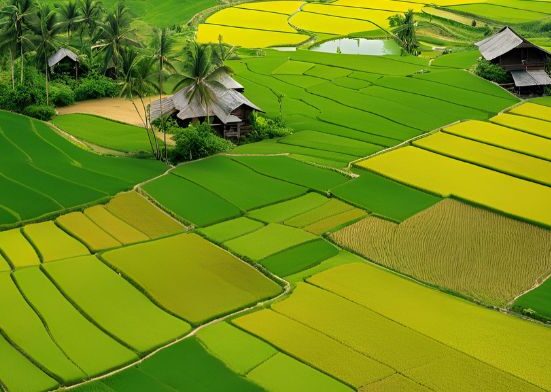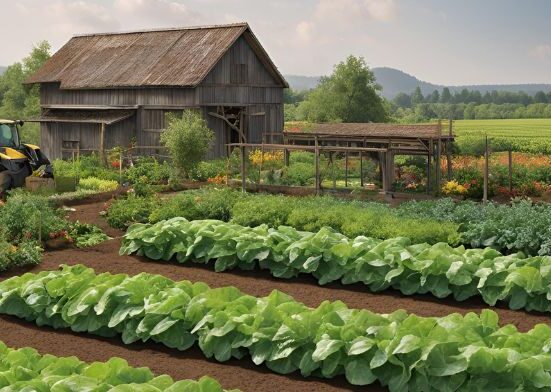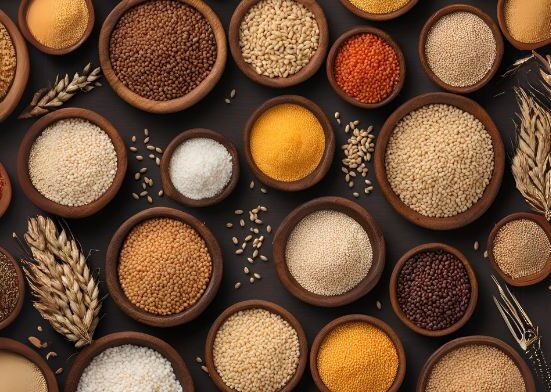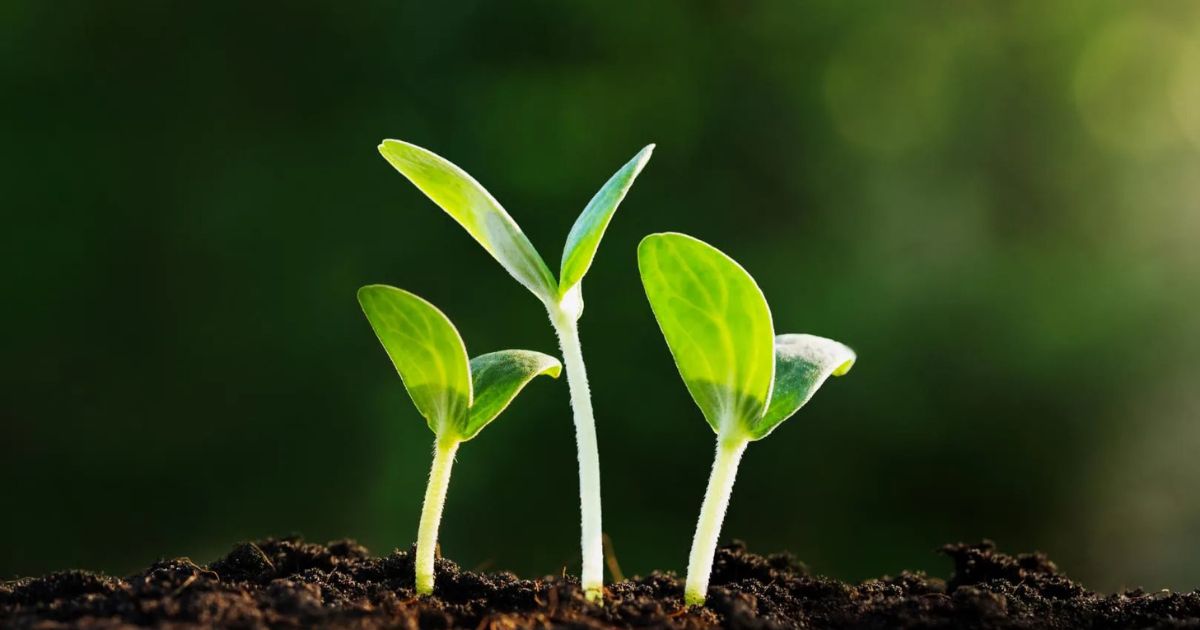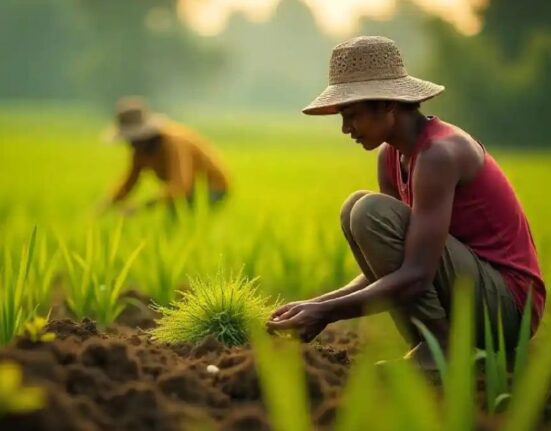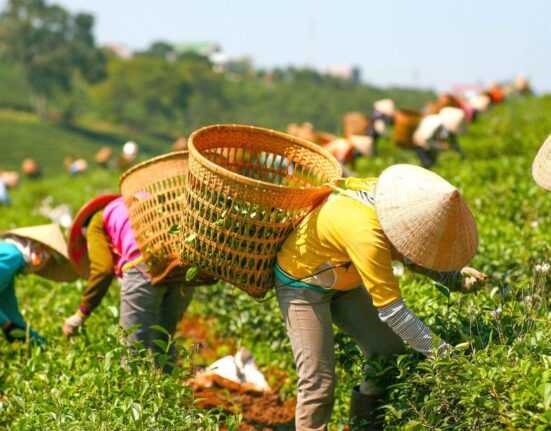Farming is one of the oldest and most essential human activities. From ancient civilizations to modern cities, agriculture has always played a key role in shaping societies. But not all farming is the same. While some farmers grow food just to feed their families, others run large-scale operations producing goods for sale and export. These two approaches are known as subsistence farming and commercial farming.
In this simple and detailed guide, we’ll break down the key differences between these two types of farming. Whether you’re a student, an aspiring farmer, or just curious about how food is grown, this post will help you understand how subsistence and commercial farming work, where they are found, and why they what is subsistence farming ranch vs farm matters.
Farming Systems
Farming systems refer to the organized ways in which agricultural activities are carried out to produce food, fiber, and other resources. These systems are shaped by a combination of environmental, economic, social, and technological factors. They encompass everything from the types of crops grown and animals raised to the tools, techniques, and labor used in production. Farming systems can vary widely across regions due to differences in climate, soil, water availability, market access, and cultural subsistence farming means practices.
There are several major types of farming systems, including subsistence farming, commercial farming, mixed farming, intensive and extensive farming, and organic farming. Each system has its unique characteristics, benefits, and challenges. For instance, subsistence farming is typically small-scale and aimed at feeding the farmer’s family, while commercial farming is geared toward large-scale production for sale and profit. Understanding farming systems is essential for improving agricultural productivity, ensuring food security, and promoting sustainable land use. As global demands for food continue to rise, adapting and optimizing farming systems to be more resilient and environmentally friendly becomes increasingly important. This introduction lays the groundwork for exploring the diverse and dynamic world of farming practices around the commercial farming globe.
What Is Subsistence Farming?
 Subsistence farming is a type of agriculture where farmers grow food primarily to meet the needs of their family or local community rather than for sale or profit. This traditional form of farming focuses on producing just enough crops and livestock to sustain the farmer’s household, with little surplus left over. Typically, subsistence farmers rely on simple tools, manual labor, and natural resources available on their what is the difference between subsistence and commercial farming land.
Subsistence farming is a type of agriculture where farmers grow food primarily to meet the needs of their family or local community rather than for sale or profit. This traditional form of farming focuses on producing just enough crops and livestock to sustain the farmer’s household, with little surplus left over. Typically, subsistence farmers rely on simple tools, manual labor, and natural resources available on their what is the difference between subsistence and commercial farming land.
In subsistence farming, the scale of production is small, and the methods used are often low-input and labor-intensive, with minimal use of modern technology or chemical fertilizers. The main goal is food security and self-sufficiency, rather than commercial gain. Common crops include staple foods like maize, rice, potatoes, and beans, while livestock may include goats, chickens, or cattle to provide meat, milk, and other subsistence farming meaning Modern Commercial Agriculture: Feeding the Global Economy.
This farming system is prevalent in many developing countries, where farmers face challenges such as limited access to markets, credit, and modern farming techniques. While subsistence farming supports livelihoods for millions, it often limits economic growth and can be vulnerable to environmental changes, such as drought or pests. Overall, subsistence farming plays a vital role in feeding communities but contrasts sharply with commercial agriculture aimed at mass production and profit.
Key Features:
- Small land holdings
- Manual labor with basic tools
- Diverse crops for a balanced diet
- Minimal surplus
- Traditional farming knowledge
Example:
A small family in rural Ethiopia grows maize, beans, and vegetables. They raise chickens for eggs and a goat for milk. Their main goal? To what is commercial farming survive.
What Is Commercial Farming?
Commercial farming is a type of agriculture focused on producing crops and livestock primarily for sale and profit rather than personal consumption. It involves large-scale operations that use modern technology, machinery, and advanced farming techniques to maximize yield and efficiency. Unlike subsistence farming, where farmers grow food mainly to feed their families, commercial farming aims to meet market demands locally, nationally, or internationally. Common commercial crops include wheat, corn, cotton, and vegetables, while livestock such as cattle, poultry, and pigs are raised for meat, dairy, and other commercial farming def products.
This farming method often relies on chemical fertilizers, pesticides, and irrigation systems to ensure high productivity. Commercial farming plays a critical role in the global food supply chain, supporting economies and providing raw materials for food industries. However, it also raises concerns about environmental impact, sustainability, and the effects of monoculture farming practices on Living The Land: A Look At Subsistence Farming Guide biodiversity.
Key Features:
- Large farms or ranches
- Mechanization and modern tools
- Specialization in one or two crops
- Heavy use of inputs like fertilizers and irrigation
- Market-driven decisions
Example:
A large wheat farm in Kansas produces thousands of tons of grain every year, which is sold to food processors and exported overseas.
Main Differences Between Subsistence and Commercial Farming
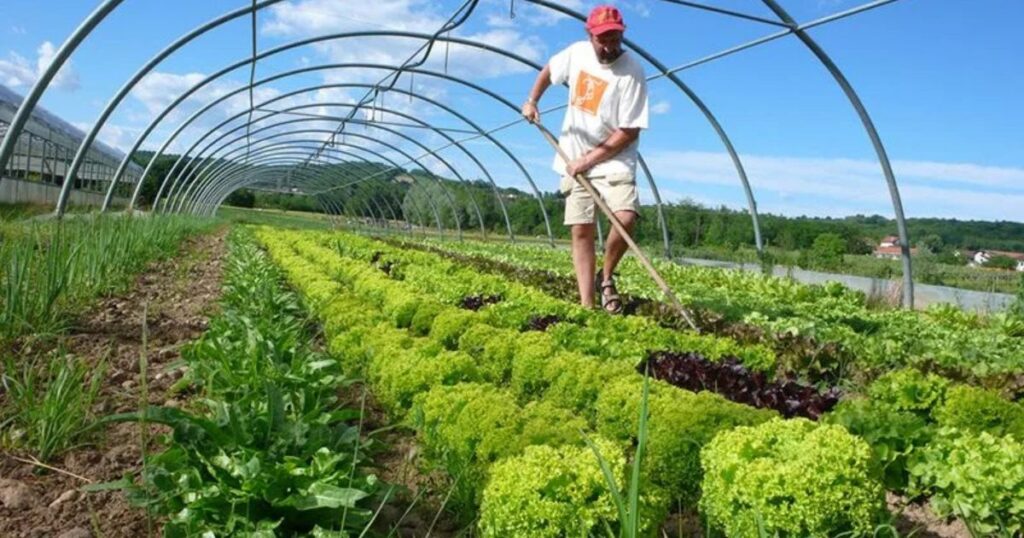 Subsistence and commercial farming represent two fundamentally different approaches to agriculture, each with distinct goals, methods, and outcomes. Subsistence farming is primarily focused on growing enough food to meet the needs of the farmer’s family or local community. It typically involves small plots of land, traditional farming techniques, and low levels of mechanization. Farmers grow a variety of crops and raise livestock mainly for personal consumption, with little surplus for sale. This type of farming is common in developing regions where agriculture sustains livelihoods rather than generating commercial ag profit.
Subsistence and commercial farming represent two fundamentally different approaches to agriculture, each with distinct goals, methods, and outcomes. Subsistence farming is primarily focused on growing enough food to meet the needs of the farmer’s family or local community. It typically involves small plots of land, traditional farming techniques, and low levels of mechanization. Farmers grow a variety of crops and raise livestock mainly for personal consumption, with little surplus for sale. This type of farming is common in developing regions where agriculture sustains livelihoods rather than generating commercial ag profit.
In contrast, commercial farming is driven by the goal of producing large quantities of crops or livestock for sale in national or international markets. It often involves extensive landholdings, advanced technology, mechanization, and modern farming practices to maximize yield and efficiency. Commercial farms usually specialize in a few cash crops or livestock types and operate with a business mindset, emphasizing profit and scalability. The key differences between the two lie in their scale, purpose, technology use, and market orientation. While subsistence farming centers on survival and self-sufficiency, commercial farming focuses on economic gain and mass production.
Geographical Distribution
Geographical Distribution refers to the natural or human-influenced spread of organisms, populations, resources, or phenomena across different locations on Earth’s surface. It highlights how and where particular species, cultures, industries, or physical features are found globally or within specific regions. This concept is crucial in various fields such as ecology, geography, anthropology, and economics, as it helps explain patterns of diversity, settlement, and resource define commercial farming availability.
In ecology, geographical distribution describes where plants and animals live, often influenced by climate, terrain, food sources, and competition. For example, tropical rainforests support a high diversity of species due to favorable temperatures and rainfall, whereas deserts host fewer but specialized organisms adapted to arid conditions.
Human geography examines the distribution of populations, languages, religions, and economic activities. Factors such as historical migration, trade routes, political boundaries, and technological development shape these patterns. Understanding geographical distribution aids in resource management, conservation efforts, urban planning, and studying environmental impacts. In summary, geographical distribution provides insight into the spatial arrangement and factors influencing the presence of living beings and human activities, reflecting the dynamic relationship between environment and what is the difference between subsistence and commercial farming societies.
Where Is Subsistence Farming Found?
- Sub-Saharan Africa (e.g., Nigeria, Kenya)
- South Asia (e.g., rural India, Nepal)
- Southeast Asia (e.g., Myanmar, Laos)
- Parts of Latin America (e.g., Andean regions)
Where Is Commercial Farming Found?
- North America (e.g., United States, Canada)
- Europe (e.g., Germany, Netherlands)
- South America (e.g., Brazil, Argentina)
- Australia and New Zealand
- China (modernizing rapidly)
Tools, Technology, and Labor
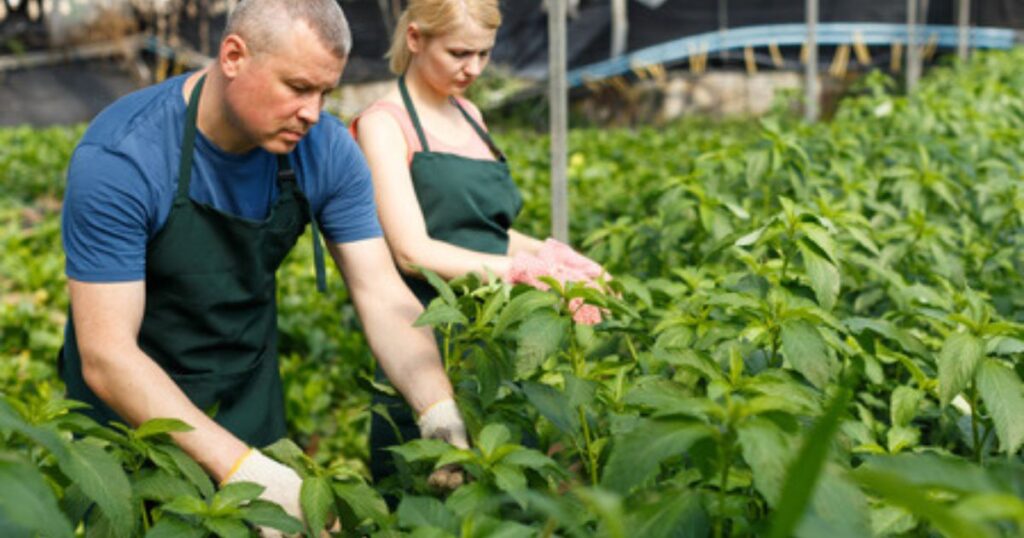
Form the foundational components of any productive process, whether in agriculture, manufacturing, or service industries. Tools refer to the physical instruments or devices used to carry out specific tasks. From simple hand tools like hammers and plows to complex machinery such as tractors and industrial robots, tools enhance human capability and efficiency.
Technology encompasses the knowledge, methods, and systems applied to improve these tools and processes. It includes innovations in machinery, software, automation, and techniques that streamline work, reduce manual effort, and increase precision. Advances in technology have transformed traditional labor practices, enabling higher productivity and new opportunities across various sectors.
Labor is the human effort—physical or intellectual—applied to use tools and technology to produce goods or services. It ranges from manual work like planting crops or assembling products to skilled tasks such as programming or designing. The interaction between labor, tools, and technology shapes the economy by determining output, efficiency, and the nature of what is the difference between subsistence and commercial farming work.
Subsistence Farming
- Hand tools like hoes, sickles, and plows
- Animal labor (oxen, buffalo)
- No or minimal irrigation
- Family labor
Commercial Farming
- Tractors, combines, planters
- Drones and GPS for precision agriculture
- Irrigation systems and greenhouses
- Hired skilled workers
Technology helps commercial farms produce more with less effort, but it requires significant capital.
Crops and Livestock
Crops and Livestock are the two fundamental components of agriculture, essential for food production and the economy. It refers to cultivated plants grown primarily for food, fiber, fuel, and raw materials. Common crops include grains like wheat, rice, and corn, as well as fruits, vegetables, and legumes. Crop farming involves planting, nurturing, and harvesting these plants, which provide essential nutrients for human and animal consumption.
Livestock refers to domesticated animals raised for various purposes such as meat, milk, wool, and labor. Common livestock includes cattle, sheep, goats, pigs, and poultry. Livestock farming not only supports food supply but also contributes to agricultural sustainability by providing manure for crop fertilization and supporting rural livelihoods.
Together, crops and livestock form an interdependent system, where the careful management of both ensures food security, economic stability, and environmental balance.
Subsistence Farms:
- Crops: rice, maize, millet, beans, vegetables
- Animals: chickens, goats, cows (small numbers)
- Often use intercropping to protect soil and provide dietary variety
Commercial Farms:
- Crops: wheat, soybeans, corn, cotton, coffee
- Animals: cattle (beef/dairy), pigs, chickens (in thousands)
- Often practice monoculture for efficiency, but this can harm the soil
Economic Importance
Economic Importance refers to the value or impact of a resource, industry, activity, or sector on the economy of a region or country. It highlights how these elements contribute to economic growth, employment, income generation, and overall development. For example, natural resources like minerals, agriculture, and fisheries provide raw materials and food, supporting industries and livelihoods. Key sectors such as manufacturing, tourism, and technology drive productivity and innovation, boosting GDP and trade. Economic importance also considers the multiplier effect, where spending in one area stimulates growth in others.
Additionally, economically important activities often shape a country’s trade balance and influence its global competitiveness. Understanding the economic importance of various components helps policymakers prioritize investments, create jobs, and ensure sustainable development. Ultimately, the economic importance of any sector or resource is measured by its contribution to improving living standards and fostering long-term prosperity.
Subsistence Farming
- Provides food security at the household level
- Supports rural livelihoods
- Keeps traditional practices and biodiversity alive
- Often not included in formal GDP calculations
Commercial Farming
- Major contributor to GDP
- Provides jobs across supply chains
- Drives exports and trade
- Fuels the agri-business industry
In countries like the U.S., commercial agriculture plays a critical role in both domestic food supply and international exports.
Environmental Impact
Environmental Impact refers to the effect that human activities or natural events have on the surrounding natural environment. This impact can be positive or negative but is often associated with harm to ecosystems, wildlife, air, water, and soil quality. Common sources of environmental impact include industrial processes, agriculture, deforestation, pollution, and urban development. These activities can lead to habitat destruction, loss of biodiversity, climate change, and contamination of natural resources.
Understanding environmental impact is crucial for developing sustainable practices that minimize harm and promote the health of the planet. Environmental assessments and regulations aim to measure and control these effects, ensuring that development projects and daily human activities balance economic growth with ecological preservation. Ultimately, managing environmental impact is essential for protecting ecosystems and maintaining the quality of life for future generations.
Subsistence Farming:
- Often low impact, but some traditional methods, like slash-and-burn, can cause deforestation
- Limited use of fertilizers and pesticides
- Helps maintain soil fertility through mixed cropping
Commercial Farming:
- High usage of chemical inputs leads to soil and water pollution
- This can lead to monoculture, reducing biodiversity
- High carbon footprint due to machinery, transportation, and livestock
- May contribute to deforestation, especially in tropical regions
Sustainable farming practices are emerging to reduce these effects in commercial systems.
Trends in Modern Agriculture
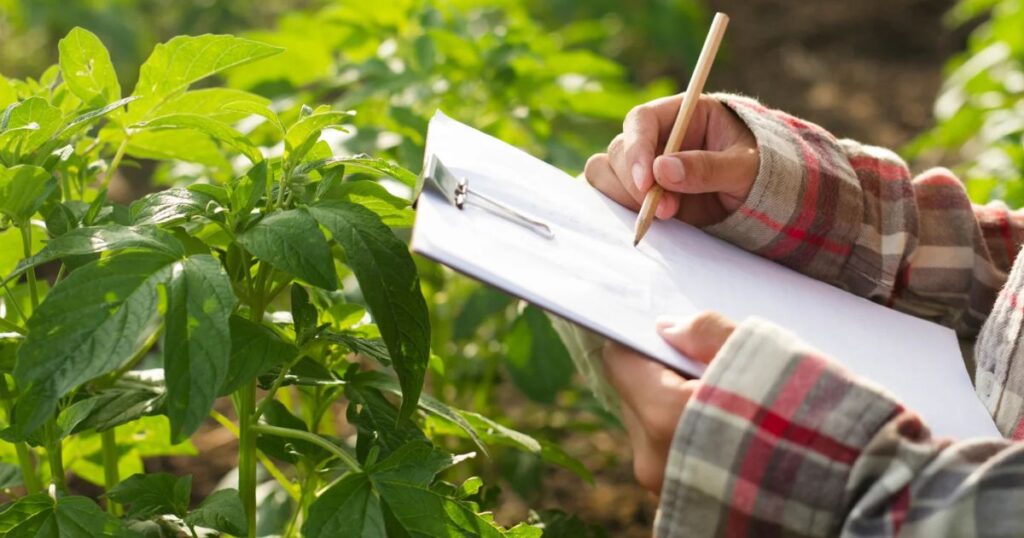 Modern agriculture is rapidly evolving through the integration of advanced technologies and sustainable practices. Precision farming, utilizing GPS, drones, and IoT sensors, allows farmers to optimize crop yields by monitoring soil health, moisture levels, and pest activity in real-time. The rise of smart machinery enhances efficiency, reducing labor and resource waste. Additionally, sustainable agriculture is gaining momentum, emphasizing organic farming, crop rotation, and reduced chemical use to protect ecosystems.
Modern agriculture is rapidly evolving through the integration of advanced technologies and sustainable practices. Precision farming, utilizing GPS, drones, and IoT sensors, allows farmers to optimize crop yields by monitoring soil health, moisture levels, and pest activity in real-time. The rise of smart machinery enhances efficiency, reducing labor and resource waste. Additionally, sustainable agriculture is gaining momentum, emphasizing organic farming, crop rotation, and reduced chemical use to protect ecosystems.
Vertical farming and hydroponics are revolutionizing urban agriculture, enabling food production in limited spaces with minimal water use. Biotechnology, including genetically modified organisms (GMOs), improves crop resistance to pests and climate challenges, ensuring food security. Climate-smart agriculture practices help farmers adapt to changing weather patterns. Overall, these trends reflect a shift toward more efficient, eco-friendly, and resilient farming systems that address global food demands while minimizing environmental impact.
Hybrid Approaches
Some small farmers are moving from pure subsistence to semi-commercial farming by selling part of their produce.
Organic and Sustainable Farming
Organic and sustainable farming is an eco-friendly agricultural approach that prioritizes the health of the environment, soil, plants, animals, and people. It avoids synthetic chemicals like pesticides and fertilizers, instead relying on natural processes such as crop rotation, composting, and biological pest control to maintain soil fertility and control pests. This method fosters biodiversity, enhances soil structure, and reduces pollution, promoting long-term farm productivity.
Sustainable farming also emphasizes the efficient use of water and energy resources while supporting local ecosystems. By focusing on natural inputs and ethical treatment of livestock, organic and sustainable farming aims to produce healthy, nutritious food without compromising the ability of future generations to meet their needs. This holistic practice benefits consumers, farmers, and the planet, contributing to a resilient and balanced agricultural system that supports environmental conservation and community well-being.
Smart Agriculture
Commercial farms are adopting digital tools like:
- Sensors to monitor soil and weather
- Drones for crop health imaging
- AI to forecast yields and detect problems early
Government Support
Many governments now offer training, loans, and subsidies to help small farmers modernize without losing their traditions.
Conclusion:
In summary, subsistence and commercial farming represent two fundamentally different approaches to agriculture. Subsistence farming primarily focuses on growing food to meet the needs of the farmer’s family, often relying on traditional methods, limited technology, and small-scale production. Its main goal is survival and self-sufficiency, with little surplus for sale. In contrast, commercial farming is driven by profit, producing large quantities of crops or livestock using advanced technology, mechanization, and modern farming techniques.
It caters to market demand, often involving large-scale operations and significant investment. While subsistence farming is essential in sustaining rural livelihoods and preserving cultural farming practices, commercial farming plays a critical role in feeding growing populations and supporting economies. Understanding these differences highlights how agriculture adapts to diverse social, economic, and environmental contexts worldwide.
FAQ:
What is Subsistence Farming?
Subsistence farming is a type of agriculture where farmers grow crops and raise livestock mainly to feed themselves and their families. The produce is usually not sold in large quantities or for profit.
What is Commercial Farming?
Commercial farming is the practice of growing crops and raising animals primarily for sale and profit. It often involves large-scale production using modern technology and machinery.
How do the Goals of Subsistence and Commercial Farming Differ?
Subsistence farming aims to meet the food needs of the farmer’s household, while commercial farming focuses on producing surplus food or products to sell in markets and generate income.
What kind of Scale is Typical for Subsistence vs Commercial Farming?
Subsistence farms are usually small-scale and rely on family labor. Commercial farms tend to be larger and may use hired workers and advanced equipment.
What role does Technology play in each Type?
Subsistence farming often uses traditional methods and simple tools, whereas commercial farming uses modern machinery, fertilizers, pesticides, and irrigation systems to maximize yield.



